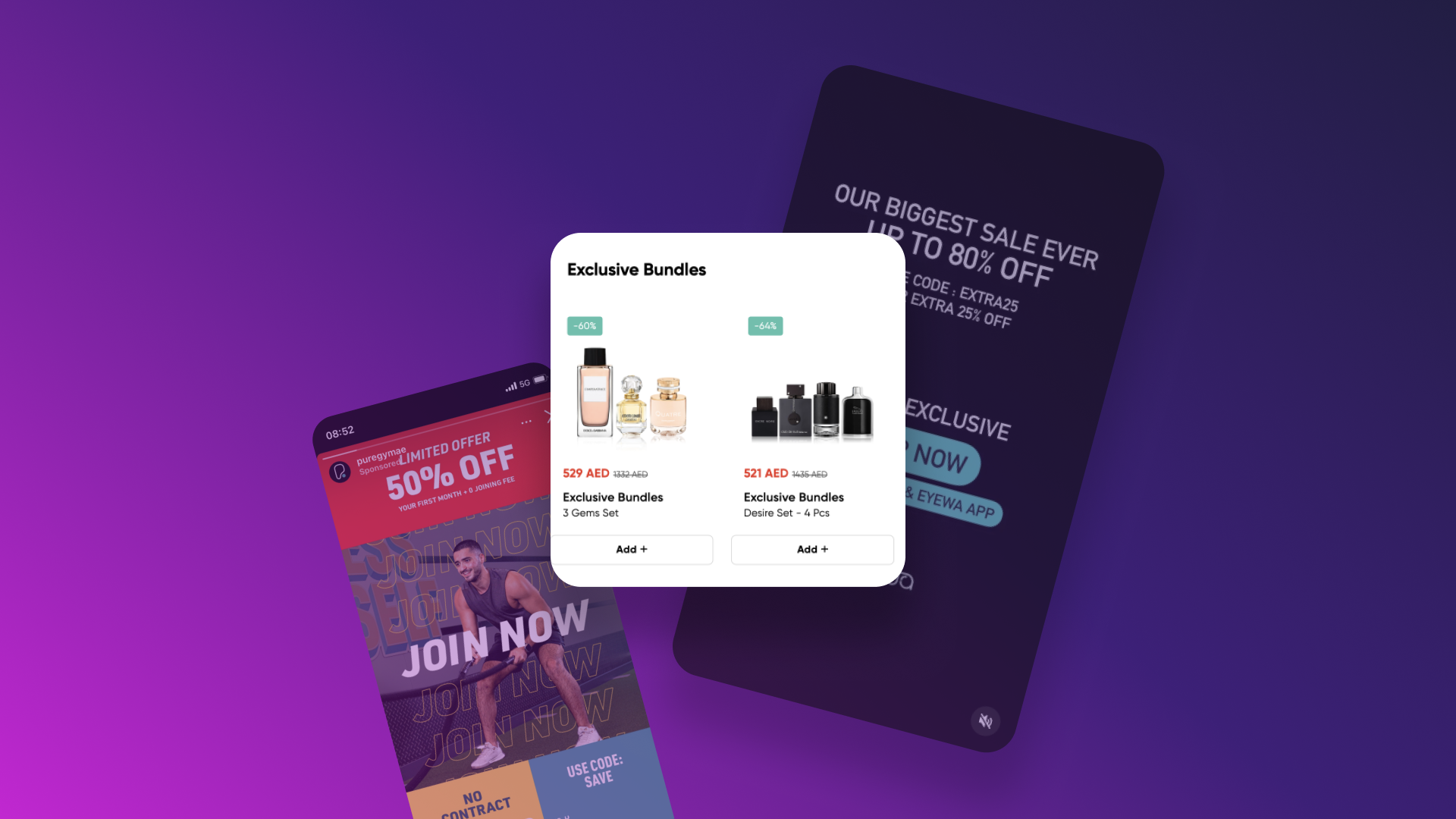Deal or no deal? Is discounting right for your brand
Discounting often seems to be the go to strategy to boost sales for retailers. But is it causing more harm than good?

Discounting is one of the big debates in retail and it can generally be divided into two schools of thought. Firstly, we have the die-hard brand folk. These are the people who argue that discounting is damaging the perceived value of your brand. All you're doing is further reducing your margins and jeopardising long-term sales. Secondly, you have the more practical thinkers. These people see discounting as a clever way to get rid of excess stock and a cheap way to convert customers. A core method that keeps your balance sheet looking lovely and healthy. So who's right?
Does discounting mean more profit?
Let's start with the obvious. A lower price should make your products more attractive to customers and increase sales. Simple right? Well, not if you consider that the more money you offer off your product, the smaller your profit margins are. You can also assume that the more discounts you give, the less likely shoppers will want to pay full price again. Your long-term profits might also take a hit, and deals tend to reduce your brand's perceived value. For shoppers, cheaper prices mean cheaper quality. This is before we have mentioned all the lost potential revenue from shoppers who would buy your product, regardless of whether it was discounted.
Okay, so I guess we should discount discounting then. Well, not so fast. On the one side, discounting can be an excellent tool to convert customers teetering on the edge of making a purchase. They can also help shift old excess inventory, which could take you a few years to sell at full price. You can also use price incentives to attract a certain demographic of customers or promote your latest product line to a new user base. These are all valuable things to do in a rapidly moving retail industry. Oh, and don't forget that lower prices mean more sales.
Weighing the arguments together, we get to a sensible conclusion. To maximise your profits, you must offer the correct discount to the right customer at the right time. Like many things in retail, there is no one-size-fits-all solution. Retailers need to use discounting to make shoppers hand over the most cash they are willing and able to spend on your product. Easier said than done.
Is discounting right for you?
At the risk of sounding like a broken record, it all depends on your objective. Are you trying to get new customers or extract more value from existing ones? Are you trying to increase sales across your shop, or do you have a surplus of a particular range? Are you targeting purse-pinching parents or prolific spending professionals? Make sure you understand clearly what your objectives are before committing to a discounting strategy.
It's also important to do your research. If you have run offers and promotions previously, look at how it affected your long-term profits, not just the number of sales. Check the lifetime value of new customers acquired through various promotions. Check your competitors to see how they’re approaching it. Are your prices already substantially higher or lower than theirs? If your prices are significantly lower, discounting might not have the desired effect.
Lastly, you need to consider your buyer personas and products. Build a picture of how your customer base will react to price incentives. Is your core customer base particularly loyal or price-sensitive? Is your product premium and valued for its quality? Will the discount eat into your margins? It's difficult to judge without trial and error, but all these factors will influence how discounting will affect your profit.
Picking the right discounting strategy
We will outline six of the most effective discounting strategies in retail, providing real-world examples.
- Seasonal discounts
This seems the most obvious one, as Black Friday is the king of seasonal discounts. Sales seasons have become when shoppers come to expect discounts. Even more so, they will save up money in preparation for a purchase. This can be a good time to discount as the traffic to your store will be higher than usual. It will also be more competitive as shoppers will shop around more for the best deal.

- New customer discounts
These are discounts designed to convert new customers. New user offers are compelling because they are less likely to lead to loss of potential revenue since existing users who would purchase your product regardless are not eligible for the discount. These offers are popular among service or subscription-based products in a try-before-you-buy model

- Abandon cart discounts
This is a favourite in eCommerce. They are sending discounts to shoppers who have items sitting in their online shopping basket. This can be a cost-effective way to increase conversions by reducing the price for an item you know the shopper is interested in buying.

- Loyalty discounts
One of the more controversial discounting strategies is rewarding loyal customers. Although it seems sensible, you might only give money to customers who will buy your products anyway. If you're going to offer loyalty discounts, make sure you are getting something in return. For example, with a referral bonus, your loyal customer receives a deal, and you get a new user. Other methods are signing up for a newsletter, making an account or downloading an app. All are ways where you can gather customer data to target them effectively in the future.

- Value added discounts
This discounting strategy ensures shoppers get a discount without reducing the brand's or product's perceived value. In eCommerce, this commonly takes the form of free shipping, cash back or a free gift with your order.

- Operation discounts
These discounts make sense from a cost and operational point of view, therefore not digging into your margins as much. For example, you might have excess stock or last season's collections that didn't sell. The art here is how you position this to your customers. The popular options in eCommerce are promotions such as buy one get one free or bundling items together. Both options can be very effective and benefit from not impacting your balance sheet as much as a monetary price incentive.

Tabby as a discount discounting method
Many regional brands use BNPL to provide the physiological benefits of discounting without sacrificing profit margins. Shoppers get a reduced upfront cost, but retailers get the total price immediately. This is one of the reasons that BNPL has exploded in the region in the last few years. Retailers can reduce their reliance on discounting and see their sales and profits increase. It's a win-win all round.

